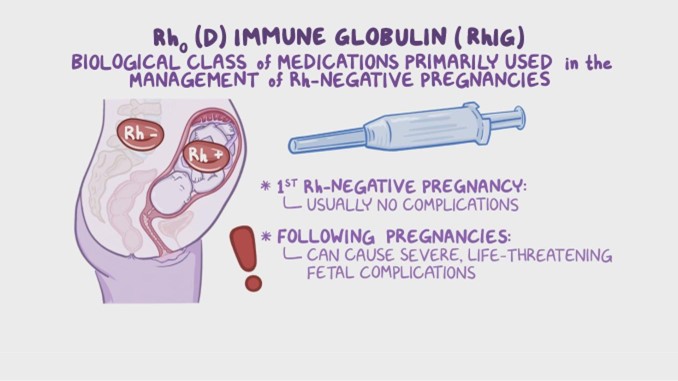A nurse is assessing a newborn who is 10 hr old. Which of the following findings should the nurse report to the provider?
Axillary temperature 36.5°C (97.7°F).
Nasal flaring.
Heart rate 158/min.
One void since birth.
The Correct Answer is B
Choice A rationale:
An axillary temperature of 36.5°C (97.7°F) is within the normal range for a newborn. Normal axillary temperature for a newborn is typically between 36.5°C to 37.5°C (97.7°F to 99.5°F).
Choice B rationale:
This is the correct choice. Nasal flaring in a newborn is a concerning sign and may indicate respiratory distress. It suggests that the baby is having difficulty breathing and should be reported to the provider for further evaluation.
Choice C rationale:
A heart rate of 158/min is within the normal range for a newborn. The normal heart rate for a newborn can range from 100 to 160 beats per minute.
Choice D rationale:
Having one void since birth is not a concerning finding for a 10-hour-old newborn. In the early hours of life, the frequency of voids may vary, but the baby should have an increasing number of wet diapers in the following days.
Nursing Test Bank
Naxlex Comprehensive Predictor Exams
Related Questions
Correct Answer is D
Explanation
Choice A rationale:
This statement is incorrect. The client should receive Rh(D) immune globulin (RhoGAM) if they are Rh-negative and their partner's Rh status is unknown or Rh-positive. This prevents the development of Rh antibodies in the mother's blood, which could be harmful in future pregnancies if the baby is Rh-positive.
Choice B rationale:
This statement is incorrect. Rh(D) immune globulin is administered to an Rh-negative mother within 72 hours after delivery if the baby is Rh-positive. This is done to prevent the mother from developing Rh antibodies that could affect subsequent pregnancies.
Choice C rationale:
This statement is incorrect. There is no restriction on receiving other immunizations after receiving Rh(D) immune globulin. The shot only protects against Rh incompatibility and does not interfere with other immunizations.
Choice D rationale:

This statement is correct. Rh(D) immune globulin can be given after birth to an Rh-negative mother with an Rh-positive baby. This helps protect the mother's future pregnancies from the potential harmful effects of Rh incompatibility.
Correct Answer is B
Explanation
Choice A rationale:
Hyporeactivity is not typically associated with neonatal abstinence syndrome (NAS) NAS is characterized by increased irritability and signs of withdrawal, which are opposite to a hypo- reactive state.
Choice B rationale:
An excessive high-pitched cry is a hallmark sign of neonatal abstinence syndrome. Babies exposed to drugs like methadone during pregnancy can experience withdrawal symptoms, including a distinct high-pitched cry.
Choice C rationale:
Acrocyanosis, a bluish discoloration of the extremities, is a common finding in newborns and is not specific to NAS. It is caused by immature peripheral circulation and usually resolves on its own.
Choice D rationale:
A respiratory rate of 50/min is within the normal range for a newborn and is not a sign of neonatal abstinence syndrome. NAS symptoms are related to drug withdrawal and not respiratory issues.
Whether you are a student looking to ace your exams or a practicing nurse seeking to enhance your expertise , our nursing education contents will empower you with the confidence and competence to make a difference in the lives of patients and become a respected leader in the healthcare field.
Visit Naxlex, invest in your future and unlock endless possibilities with our unparalleled nursing education contents today
Report Wrong Answer on the Current Question
Do you disagree with the answer? If yes, what is your expected answer? Explain.
Kindly be descriptive with the issue you are facing.
